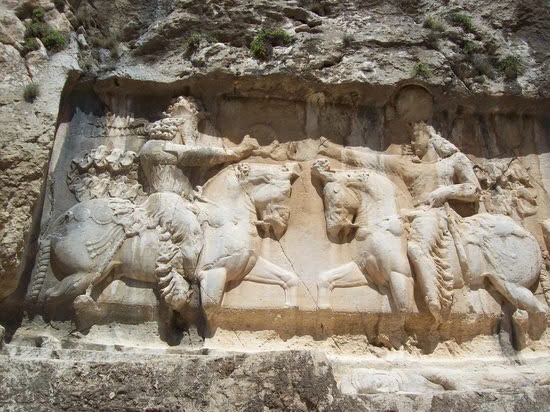A Race Against Time in the Heart of Iran
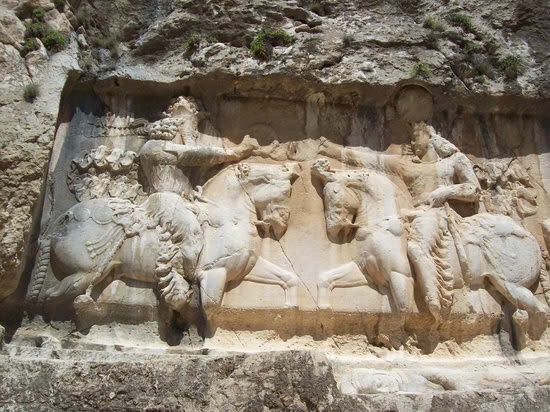
In the rugged landscape of Fars province, Iran, lies an ancient city named Bishapur. Within its boundaries, a valley known as Tang-e Chogan holds some of the most magnificent examples of Sassanid art – bas-relief carvings that have stood the test of time for centuries. However, these invaluable treasures now face an unprecedented threat.
The Looming Danger
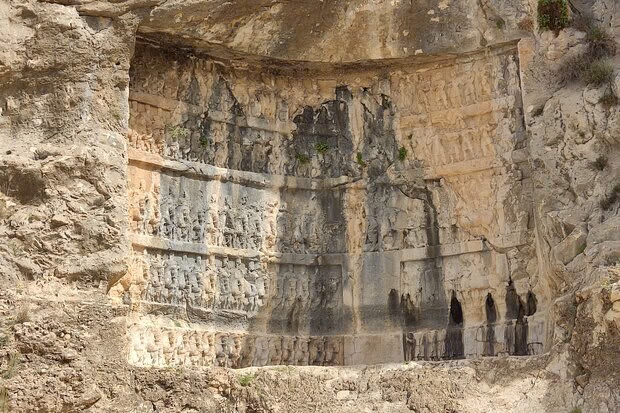
The bas-reliefs of Tang-e Chogan, once a royal site for traditional polo games, are under siege from both natural and man-made forces. Lichens, fungi, and invasive vegetation have taken root in the cracks and crevices of these ancient carvings. Adding to this slow decay, water leakage through the rock has accelerated the destruction process, putting these irreplaceable antiquities at risk of complete obliteration.
A Glimpse into Sassanid Grandeur

Tang-e Chogan boasts six remarkable bas-reliefs, each telling a unique story of Sassanid power and glory:
- The largest relief celebrates Shapur I’s victory over the Roman Empire, featuring a complex scene with numerous figures.
- King Bahram II’s triumph over the Arabs is depicted in the second relief.
- The third shows Bahram I receiving the royal ring from Ahura Mazda, with exquisite attention to detail.
- Bahram II’s victory over rebels is the subject of the fourth relief.
- Another scene of Shapur’s conquest of Rome is portrayed in the fifth, which remains the most intact.
- The sixth relief, unfortunately the most damaged, illustrates Shapur I receiving divine favor and his victory against Rome.
The Call for Action
Experts like Mohsen Abbaspur stress the urgent need for comprehensive scientific studies and careful restoration efforts. Without immediate intervention, these masterpieces of ancient Iranian art and history may be lost forever.
Preserving a Legacy
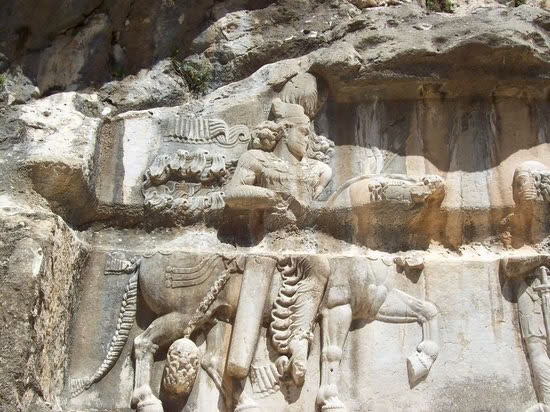
The bas-reliefs of Tang-e Chogan are more than just carved stone; they are windows into a rich cultural past, showcasing the artistic prowess and historical significance of the Sassanid era. As water continues to seep through the mountain walls and nature reclaims these man-made wonders, the clock is ticking.
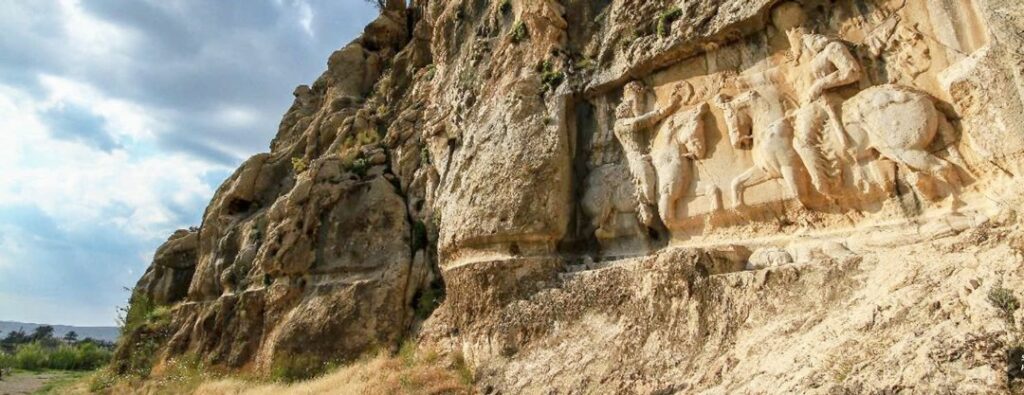
The preservation of Tang-e Chogan’s bas-reliefs is not just an Iranian concern but a global one. These carvings represent a shared human heritage, telling stories of power, faith, and artistry that transcend time and borders. As we stand at this critical juncture, the question remains: Can we rally the resources and expertise needed to save these irreplaceable treasures before it’s too late?
